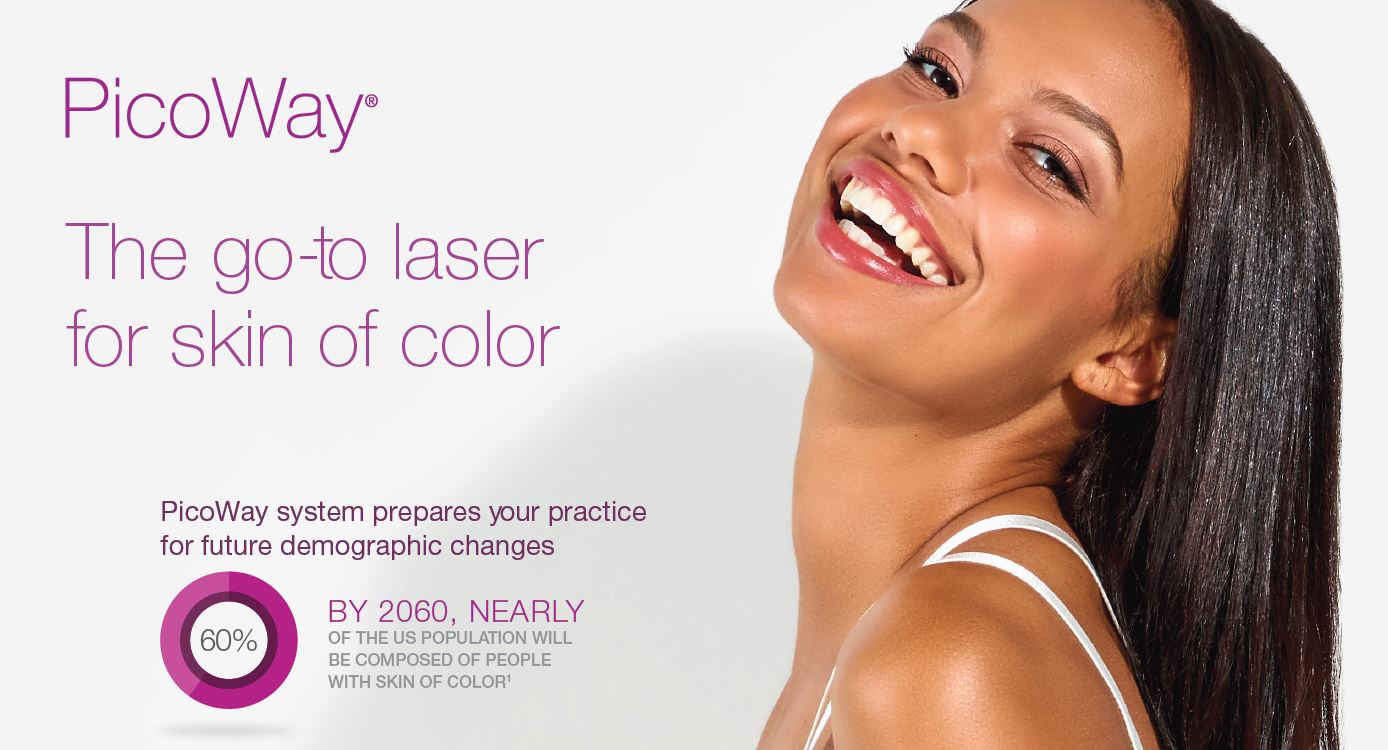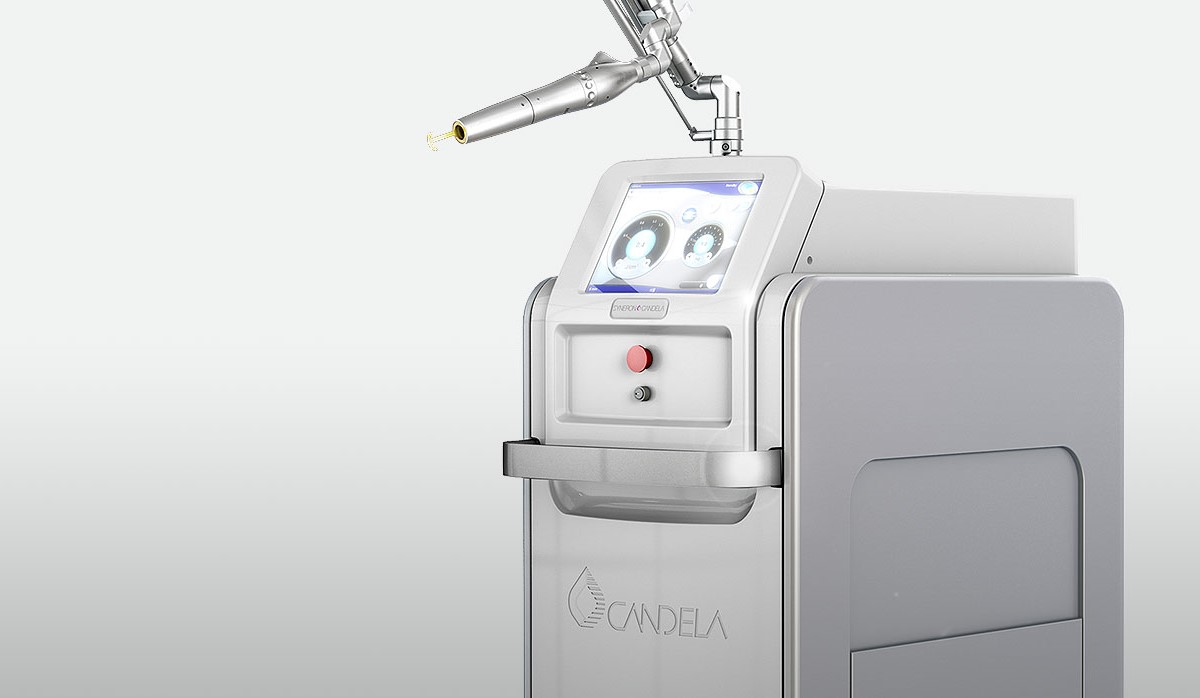
Nanosecond lasers have restrictive use in skin of color due to the significant risk of PIH. With QS lasers, skin of color has a 25% risk of developing PIH.5 Risk is reported to increase to 47% when the treatment is specific for lentigines, possibly due to the melanocytic hyperplasia noted histologically in a lentigo.5
Picosecond lasers can be used in a broader range of skin types than nanosecond lasers due to reduced risk of hyper- or hypopigmentation and scarring with picosecond photoacoustic versus photothermal effect. Shorter pulses and enhanced photoacoustic effect avoids overheating of skin and decreases risk of PIH. In skin of color, a clinical study with the picosecond laser demonstrated a low rate of PIH, at only 4.65% of the lesions.6
Laser treatment considerations include:7,8
- a wavelength that is specific to and well absorbed by the chromosphere being treated, good skin penetration, and preferential absorption of melanin;
- a laser that doesn't overheat surrounding tissues;
- a laser that offers highly customizable treatment parameters (eg, adjustable power, spot size and fluence, no compromise of spot size for fluence);
- a laser treatment that requires a small or reduced number of treatment sessions, relative to other laser treatment options, with minimal treatment time and low fluence.
